

Say goodbye to Black Crush with QD-OLED! See new details in old classics.
QD-OLED helps minimize the “Black Crush” and makes shadow details come alive. White OLED displays deliver deep blacks but often loose some of the details, this phenomenon is called Black Crush.
What is Black Crush?
As displays attempt to display deep blacks, they often loose the details in these dark gray/shadow regions. These images look “deep” black but deviate from the creators intent and the consumer misses out on the details that are part of the image. This was often a drawback of the white OLED displays.
Let us break it down to help you understand how QD-OLED improves your visual experience by solving the issue.
What makes for the best cinema experience?
HDR (High Dynamic Range)!
But what makes for the best HDR experience?
The scale that expresses HDR performance is not simply peak luminance or peak white luminance. Since human vision is sensitive to contrast, it is the dynamic range – the range from the darkest black to the brightest peak luminance.
QD-OLED is a true RGB additive display. This means that it does not have any white boost pixel (like some of the other WOLED tech.) This advancement in pixel structure means that QD-OLED can recreate colors and white peaks without the need of an additive. The ability to create color without white boost allows QD to have better low luminance control and thus recreate fine details even in the low gray/black region better than other displays. This means that you can enjoy all the details that the content creator intended without the annoying Black Crush.
Thus, not only can QD-OLED create higher peak whites, but the peak colors are also brighter and more vivid. Additionally, since it is a self-luminous display, it produces true black level by switching off the pixel to create perfect blacks.
In particular, QD-OLED has black luminance 200 times lower than LCD and 1.15 times higher peak luminance than Conventional OLED(WRGB) (1,500 nits@APL 3%).
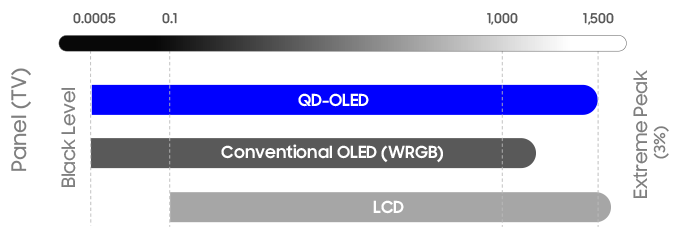
[Figure 1.] The comparison of High Dynamic Range – LCD/Conventional OLED(WRGB)/QD-OLED
In Figure1., peak luminance, black luminance, and contrast ratio were compared. When comparing just the white peak luminance, one may ask why does QD-OLED seem brighter? For a more detailed explanation, please see our article on XCR.
In comparison of QD and conventional OLED(WRGB), even though black luminance is the same, QD has better low gray detail because QD has higher color luminance and no white boost – especially compared to LCDs with separate backlights. To produce black, these “always on” backlights are blocked by liquid crystals. Although advanced BLU Control technologies such as Local Dimming have been developed, often BLU light sources can pass through liquid crystals to make black appear gray. Therefore, the QD compared to conventional LCD looks brighter and clearer due to the Bartleson-Breneman effect, which makes the image on a dark background brighter.
QD allows you to see shadow details with superior clarity and integrity compared to LCD and Conventional OLED(WRGB). When you are actually watching your favorite movie or playing a game, you can discover details that have never been seen before, giving you a whole new experience. (Figure 2.)
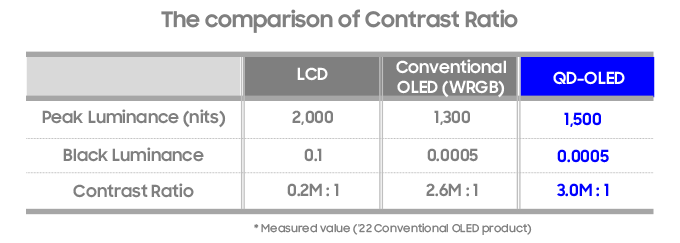
[Figure 2.] The comparison of Contrast Ratio – LCD/Conventional OLED(WRGB/QD-OLED)
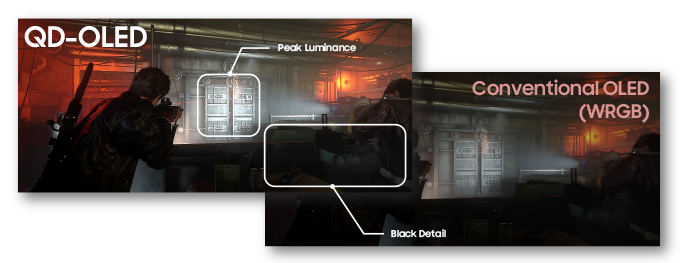
[Figure 3.] Black Detail & Peak Luminance – QD-OLED vs. Conventional OLED(WRGB)
Check out this video from famous calibrator and youtuber Vincent Teoh – on why QD-OLED vs Others when it comes to details and better low luminance chroma overshoot.
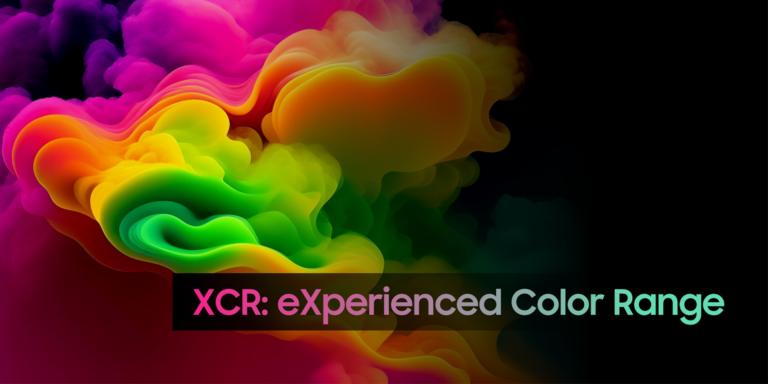

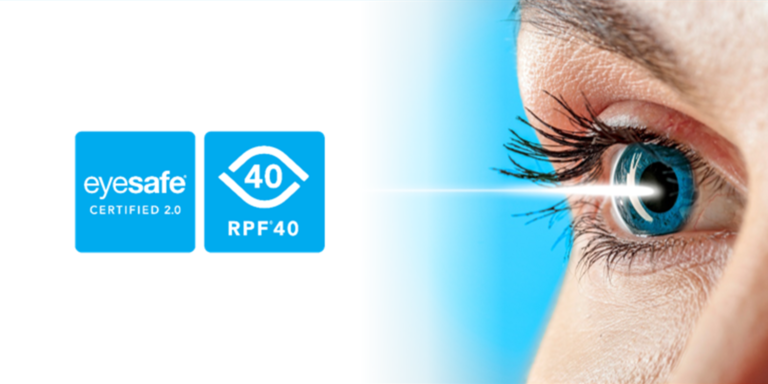
31 thoughts on “Say goodbye to Black Crush with QD-OLED! See new details in old classics.”
Comments are closed.